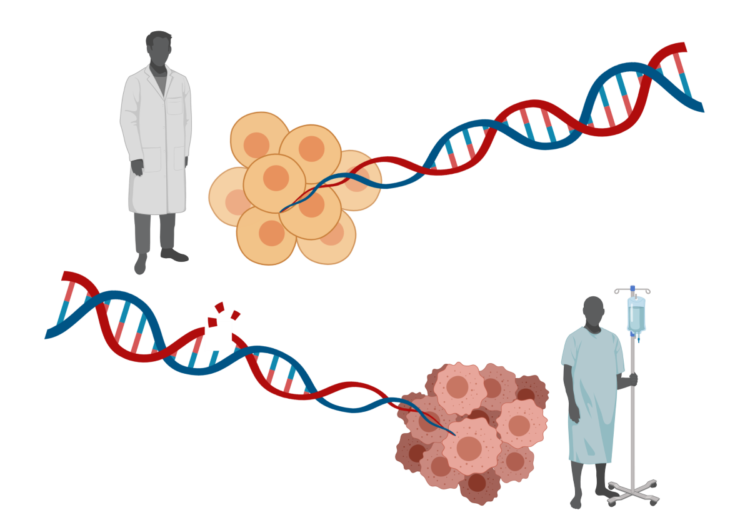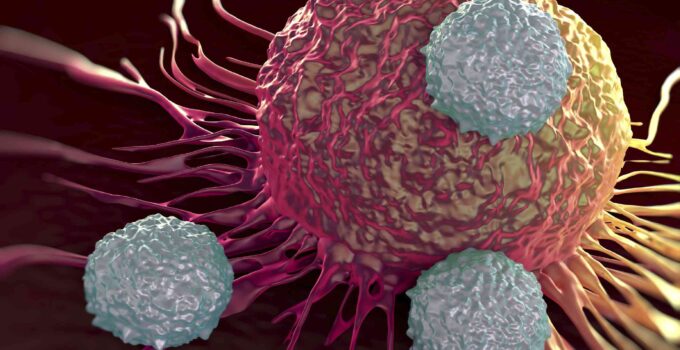Cancer is one of the leading causes of death in the world, claiming almost 10 million people each year. That death rate surpasses car accidents, natural disasters, and starvation. In the U.S. alone, almost 2 million cases of cancer will be diagnosed every year, resulting in over 600,000 deaths.
Those statistics show why the push to find a cure for tumor has been going on since at least the time of the Ancient Egyptians, who determined that there was no cure.
There has been some progress since then, Marie Curie discovered the first non-surgical treatment option for cancer in the 19th century when she discovered radiation. It was used to successfully eliminate cancer in a patient for the first time in 1903 and has been a staple ever since.
In more recent times, research into stem cells has shown great potential, vaccines have been released to help protect against some cancers, and clinical trials of new medications are being conducted regularly.
Despite these advancements, there is still no cure for cancer. There is however a significant amount of information surrounding what causes cancer and what can be done to prevent it. So, let’s talk about three culprits that lead to the most common forms of cancer.
1. Cancerous Cures: When Medication Causes More Harm Than Good

Source: marketplace.org
One extremely unfortunate cause of cancer is bad medications. The FDA recalls thousands of medications from the market every year, often because of long-term concerns about developing tumor.
The unfortunate reality of medications is that we can’t know the long-term effects until people have been taking them for years. This is bound to lead to some cases of bad medications hitting the market and being widely used before their recall.
A case of this that’s been gaining a lot of attention in recent years is the Zantac recall.
Zantac is a medication commonly taken to relieve heartburn and other conditions caused by having too much acid in your system. The medication, also known as Ranitidine, was released in the ‘80s and has been in circulation in prescription and over-the-counter form ever since.
In the past few years, it has been discovered that Zantac can cause multiple cancers. These include esophageal, pancreatic, lung, prostate, and kidney tumor, among others. An official recall of the medication was issued in 2024 by the FDA when traces of NDMA (a known cancer cause) were confirmed to be in the medication.
If you or a loved one took Zantac and have any of these tumors now, you may qualify to join a lawsuit against the makers of the medication. You can read more here if you’d like information about your chances of receiving financial compensation.
2. Liability Lifestyle: How The Choices You Make Can Lead To Cancer

img source: medicalxpress.com
Another major contributor to developing cancer is your lifestyle. It’s known to be responsible for about 90% of all cases. This is by far the area you have the most ability to control if you’re looking for ways to decrease the possibility of developing a tumor.
Some activities and habits are known to increase your chances of a diagnosis including
- Smoking tobacco. Many of the chemicals used in smoking tobacco are known to be cancerous.
- Being overweight. Experts aren’t exactly sure why, but there is a definite link between obesity and tumor.
- Exposure to radon, which is a chemical that occurs when rocks and soil break down.
- Contracting HPV. HPV (Human Papillomavirus) is the most commonly transmitted sexual infection. As of 2018, there were over 43 million cases. It can lead to several cancers including cervical, throat, and vulva.
- Tanning, both in the sun and in tanning beds.
- Eating red meat and trans fats.
These are just a few of the factors known to raise your risk of developing a tumor. Your doctor can help you determine which factors cause the biggest risk to you personally, and what should be avoided.
Always be completely honest with your doctor regarding your personal habits, even if you find it embarrassing. They’re there to help you and they can’t do that without having all the relevant information.
In general, it’s advisable to eat a less processed diet, avoid consumption of tobacco in excess, and get exercise on a regular basis to lower your chances of getting cancer.
3. Harmful History: The Role That Genetics Play

Source: stanford.edu
Inherited genetic mutations play a role in 5% to 10% of all cancers. This is the one factor that you have no control over, but you can still decrease your chances by being aware of your family history.
If multiple members of your family have had the same type of cancer, you need to alert your doctor so they can perform regular screenings on you. They can also show you ways to check for common types of cancer at home.
While a family history doesn’t guarantee you’ll have the same problem, it can contribute to it. Especially with breast, ovarian, colon, or rare forms of cancer.
Often, certain cancers run in families due to similar lifestyles or exposure rates rather than a specific genetic mutation.
For example, let’s say that multiple members of your family have lung cancer. They all happen to live in Chicago, which is the 18th most air polluted city in the U.S., according to the American Lung Association. Although air pollution only causes about 1% to 2% of lung tumor, it is possible that living in the same polluted city is what caused the issue.
This is particularly true if those are the only members of your family to have that cancer.
The takeaway here is that genetics does play a part in your likelihood of developing certain cancers, but it may not be as dire as you think. Consult with your doctor to learn more about how your family history may affect you.
These three culprits are major contributors to the common forms of cancer. Being aware of each of these possibilities allows you to prevent tumor before it starts.





